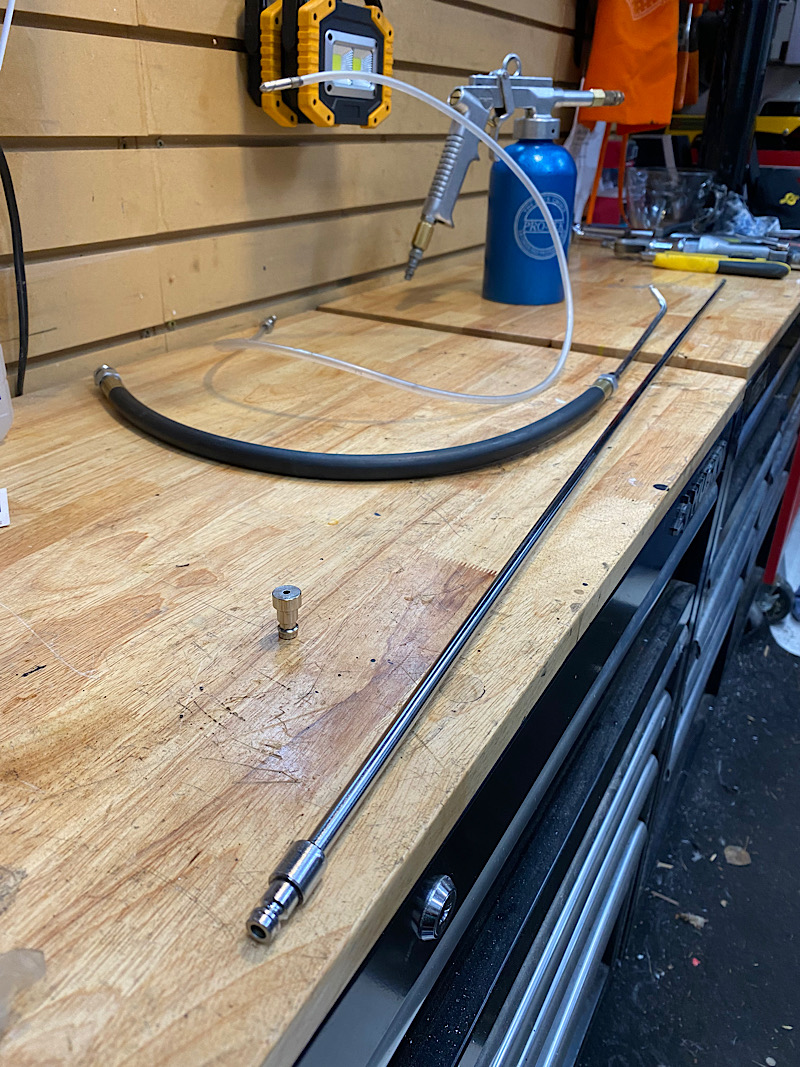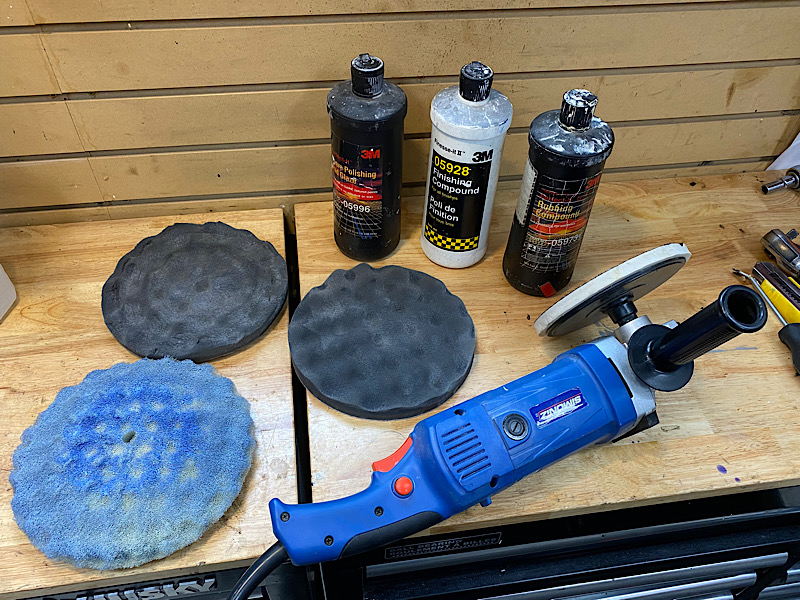denwood
Well-known member
All done spraying the Noxudol 300 and 700.
This is the collection of clips and 10mm bolts from the four fender liners and five underbody panels. You can see the new bag (which you will need) as the OEM clips snap easily.

This looks like the AC dryer, and windshield washer bottle tucked into the passenger side fender. The liner completely protects these bits.

I've seen on this on most vehicles. Eventually this area will fill up with debris which stays wet, and then usually causes rust in this area. Needless to say, you should keep leaves from washing down the inner fenders.

Not much hiding in the driver side fender.

This is the Noxudol 300 which is heavier for exposed chassis bits. It took about 5 litres. I used the Noxudol 700 for inner panels, inside doors and unexposed frame rails etc. as it is clear, thinner, and has a higher creep rate than the 300.

It should take around 3 days for the Noxudol to "dry" to its final waxy texture. It never really dries, but stays pliable and waxy like a proper cavity wax should. I'll start reassembly in a few days. Needless to say, the prep to do this job properly, and spray is easily an 8-10 hour proposition. On the upside, this car is going a last a lot longer with the Noxudol application and will only require minor touch ups yearly.
This is the collection of clips and 10mm bolts from the four fender liners and five underbody panels. You can see the new bag (which you will need) as the OEM clips snap easily.

This looks like the AC dryer, and windshield washer bottle tucked into the passenger side fender. The liner completely protects these bits.

I've seen on this on most vehicles. Eventually this area will fill up with debris which stays wet, and then usually causes rust in this area. Needless to say, you should keep leaves from washing down the inner fenders.

Not much hiding in the driver side fender.

This is the Noxudol 300 which is heavier for exposed chassis bits. It took about 5 litres. I used the Noxudol 700 for inner panels, inside doors and unexposed frame rails etc. as it is clear, thinner, and has a higher creep rate than the 300.

It should take around 3 days for the Noxudol to "dry" to its final waxy texture. It never really dries, but stays pliable and waxy like a proper cavity wax should. I'll start reassembly in a few days. Needless to say, the prep to do this job properly, and spray is easily an 8-10 hour proposition. On the upside, this car is going a last a lot longer with the Noxudol application and will only require minor touch ups yearly.

















